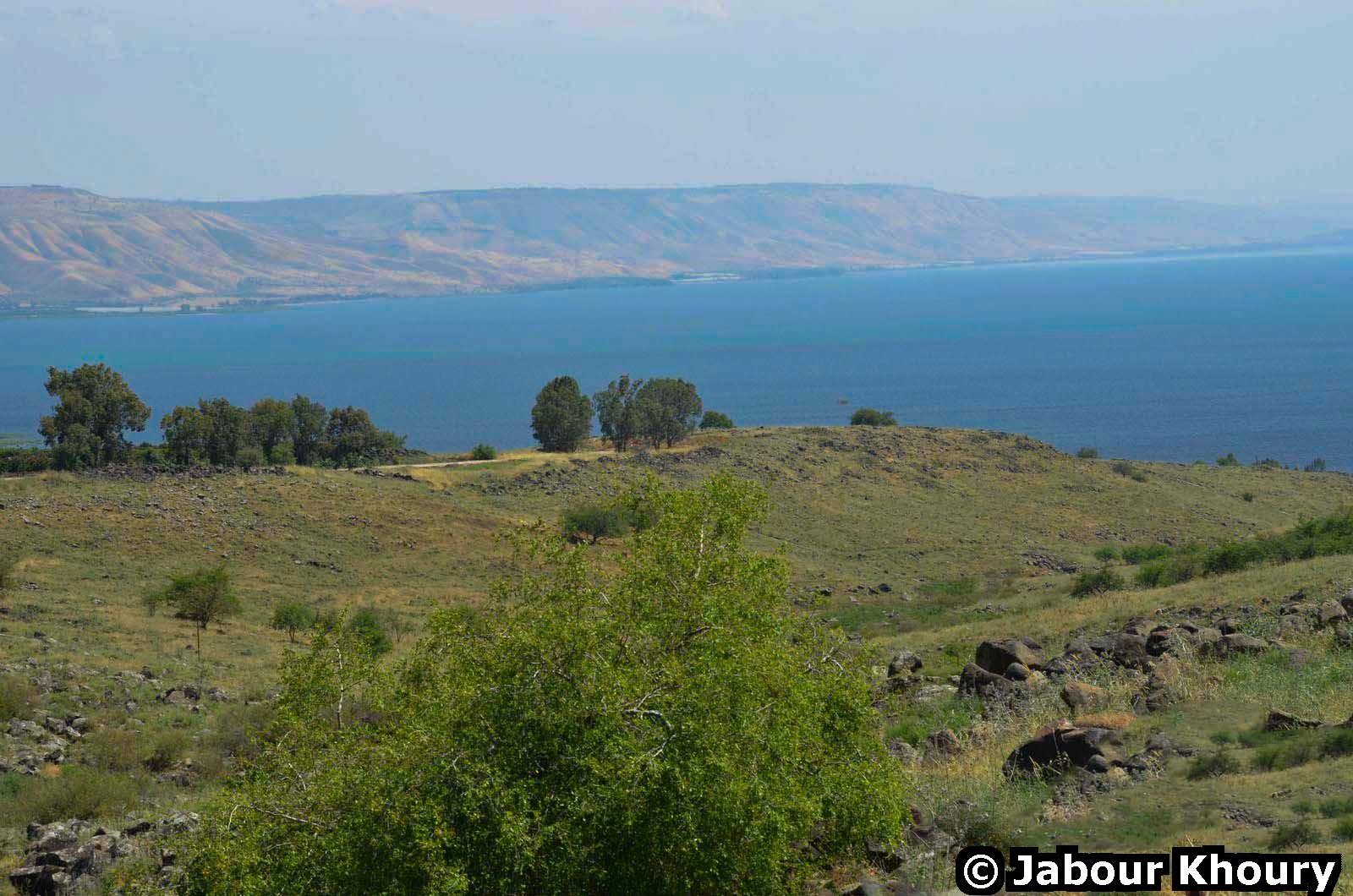Info
District: Safed
Population 1948: 750
Occupation date: 04/05/1948
Jewish settlements on village/town land before 1948: None
Jewish settlements on village/town land after 1948: Almagor, Karkom
Background:
‘Arab al-Shamailna Before 1948
The village (also known as KhirbatAbu Zayna) was situated on a plain that lay west of the Syrian border, north of the point where the Jordan River flowed into Lake Tiberias. It overlooked the northernmost shoreline of the lake. A secondary road linked it to the village of al-Tabigha, also on the lake shore but to the southwest, and to a highway that curved around the lake and led to the city of Tiberias. Its stone houses were built between this secondary road and the banks of the Jordan. It was inhabited by the settled members of the ‘Arab al-Shamalina Bedouin tribe. They tilled the land north of the village, along the river, cultivating citrus and vegetables. The river and several springs provided them with water for both drinking and irrigation. In 1944/45 a total of 3,842 dunums was allocated to cereals and 238 dunums were irrigated or used for orchards. Several archaeological sites were found nearby.
Occupation and Depopulation
In the course of Operation Yiftach, designed to occupy and “cleanse” eastern Galilee (see Abil al-Qamh, Safad District), a limited sub-operation was launched to expel all Palestinian inhabitants from an area between Lake al-Hula and Lake Tiberias. ‘Arab al-Shamalina was occupied during this offensive, which was named Operation Matate (Broom) and was implemented on 4 May 1948. According to Israeli historian Benny Morris, the operational order said specifically that this village should he attacked, its houses blown up, and its residents expelled. Before the assault, Palmach troops shelled the area with mortars, and Morris claims that the villagers, fled with the approach of the occupying force. Operation Broom had an important impact on the people of Safad and the al-Hula Valley, according to the operation’s commander, Pal-mach chief Yigal Allon. The Syrians told the British that this Palmach thrust resulted in 2,000 more refugees from the area.
Israeli Settlements on Vifiage Lands
The village lands are used by the settlement of Alinagor which was established 2 km northwest of the village site in 1961.
The Village Today
The site, which is mostly covered with thorny grass, is strewn with the rubble of houses. Eucalyptus and palm trees also grow on the site. Most of the surrounding land is used as pasture, although some of it is cultivated.
----------------------------------
Source: al-Khalidi, Walid (ed.). All that remains: the Palestinian villages occupied and depopulated by Israel in 1948. Washington DC: 1992.


